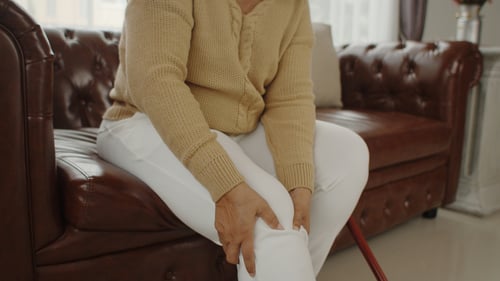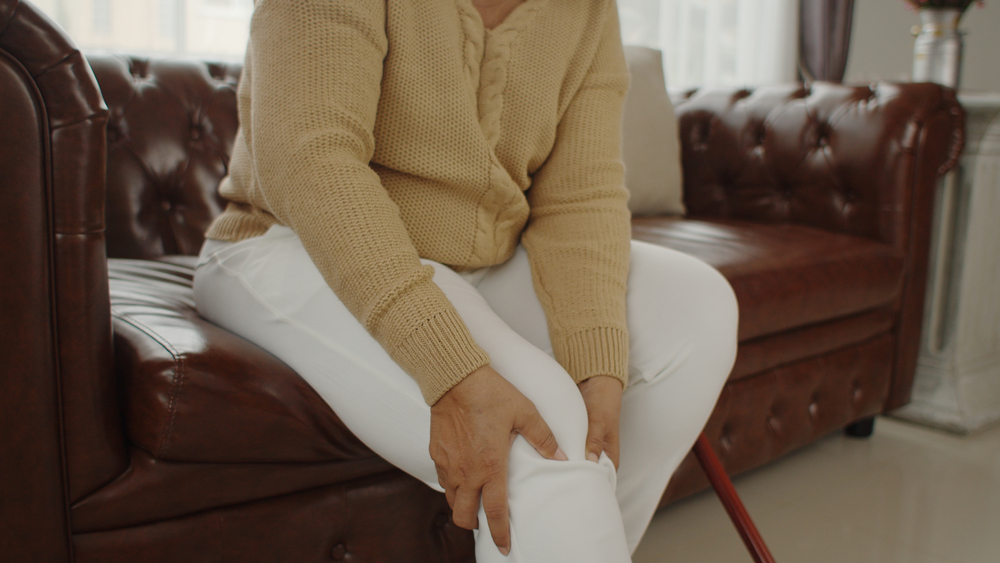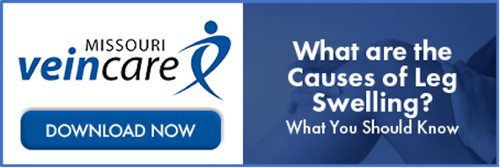Should I Be Worried? Only One Leg Swells

Mary is a 42 year old woman who works full time and complains of heaviness and pain in her left leg. She said that this has been going on for 9 months and has been slowly getting worse. Now, her left foot is swollen. Because of that, she feels like she's carrying around a cement block on her leg and has stopped exercising. She is frustrated - she has gained 10 pounds since she's slowed down, and doesn't know what's causing it or what to do about it.
I see patients every day with swelling, and I would like to share with you what to consider when you have swelling in one leg. Here are some basic concepts about swelling that you may find helpful.
The first question to consider is whether the swelling has been present for a few weeks or less (acute) or several weeks or longer (chronic). Acute swelling is often associated with pain, where it is uncomfortable to walk or even worse, hurts even when you are just sitting and resting. When it unilateral (occurs in only one leg) and is due to only a few causes. Here are the common causes of acute single leg (unilateral) leg swelling.
- Trauma. Recent trauma such as knee, thigh or calf surgery or injury is the most common cause. Most often, the culprit is knee surgery that results in calf swelling which doesn't completely resolve overnight. Pain may be present due to the trauma and associated swelling. This develops over a few days and swelling does not resolve.
- Bleeding. Being on blood thinners (anticoagulants) can lead to swelling due to bleeding into the calf muscle. This is associated with swelling in the calf and develops abruptly over a few days. Swelling does not usually resolve overnight, and pain is always present.
- Vein reflux. Swelling can be in one leg or two, and it always resolves overnight. It is always associated with other leg symptoms such as aching, cramps, restless legs, foot numbness, tingling or coldness. Most consistent is the presence of worsening of the symptoms at the end of the day in association with generalized fatigue. Vein reflux is easily sorted out with a vein screening and ultrasound, and treatments eliminate the symptoms and fatigue.
- Baker’s Cyst. This is a condition of the knee joint indicating some problem there, and a swelling in the calf develops gradually over weeks to months. This swelling puts pressure on the calf causing increased swelling that usually does not resolve overnight. Pain is present only while walking on the knee.
- Lymphedema. This is a peculiar situation, in that it is the only type of swelling extending onto the top of the foot and into the toes. It does not resolve overnight. It usually progresses slowly and swelling often eventually involves the thigh, calf and foot. Pain is uncommon but aching and heaviness is often present.
- Urgent DVT or blood clot. This often occurs after being immobilized during surgery or travel and can occur out of the blue if you have a genetic clotting disorder. This comes on over a few hours to days and the swelling does not go away. Pain or severe discomfort is always present. Urgent evaluation with ultrasound and healthcare provider assessment is critical.
- Prior DVT or blood clot. If someone has had a previous blood clot, some develop longstanding (months to years) leg swelling. It can be very painful and can eventually lead to discoloration and skin ulcers in the ankle area. Evaluation with a vein ultrasound can assess this. Long term use of compression stockings is the best treatment.
- Cellulitis or lymph infection. This comes on over hours to days and is always painful and associated with redness and immobility due to pain. This needs urgent attention, healthcare provider evaluation and antibiotics.
- May-Thurner syndrome. This is a rare condition which has usually been present for years, the swelling never goes away and always extends from the groin to the foot. It is due to a blockage of the vein in the pelvis and can be easily evaluated with venogram imaging and treated with a stent.
The patient I saw in my office was very frustrated and after an evaluation including a venous ultrasound which showed only mild vein reflux, I concluded that she has lymphedema. This is a condition which can occur at any age, and for her, she was able to get significant relief with appropriate lymphedema physical therapy, which is a specialized type of massage therapy.
Leg swelling occurring in only one leg is not normal, and should prompt you to get this sorted out. Evaluation by your healthcare provider, orthopedic specialist or vein specialist are the best ways to get started. Most of the conditions do have treatments which help, but you have to sort out what the source of the problem is first.


